详细说明
Assay Type
Solid Phase Sandwich ELISA
Format
96-well strip plate
Sample Type & Volume Required
100 µL
Range
31.20 - 2,000 pg/mL
Sufficient Materials
For five 96-well plates*
Specificity
Please see the
* Provided that the recommended microplates, buffers, diluents, substrates and solutions are used, and the assay is run as summarized in the Assay Procedure provided.
Ancillary Reagent Kit Available
DY008, DuoSet ELISA Ancillary Reagent Kit 2 -
This DuoSet ELISA Development kit contains the basic components required for the development of sandwich ELISAs to measure natural and Recombinant
Product Features
Optimized capture and detection antibody pairings with recommended concentrations save lengthy development time
Development protocols are provided to guide further assay optimization
Assay can be customized to your specific needs
Economical alternative to complete kits
Kit Content
Capture Antibody
Detection Antibody
Recombinant Standard
Streptavidin conjugated to horseradish-peroxidase (Streptavidin-HRP)
Other Reagents Required
PBS: (Catalog # ), or 137 mM NaCl, 2.7 mM KCl, 8.1 mM Na 2HPO 4, 1.5 mM KH 2PO 4, pH 7.2 - 7.4, 0.2 µm filtered
Wash Buffer: (Catalog # ), or equivalent
Reagent Diluent*
Blocking Buffer*
Substrate Solution: 1:1 mixture of Color Reagent A (H 2O 2) and Color Reagent B (Tetramethylbenzidine) (Catalog # )
Stop Solution: 2 N H 2SO 4 (Catalog # )
Microplates: R&D Systems (Catalog # ), or equivalent
Plate Sealers: ELISA Plate Sealers (Catalog # ), or equivalent
*For the Reagent Diluent and Blocking Buffer recommended for a specific DuoSet ELISA Development Kit, please see the product
Preparation and Storage
Storage
Store the unopened product at 2 - 8 °C. Do not use past expiration date.
Background: R-Spondin 4
R-Spondin 4 (RSPO4, roof plate-specific spondin 4), also called cysteine-rich and single thrombospondin domain containing-4 (Cristin 4), is an ~33 kDa secreted heparin-binding protein that shares ~35% amino acid (aa) identity with three other R-Spondin family members. All are positive modulators of Wnt/beta-Catenin signaling, but vary in activity. R-Spondins regulate Wnt/beta-Catenin by competing with the Wnt antagonist DKK-1 for binding to the Wnt co-receptors LRP-6 and Kremen, reducing their DKK-1-mediated internalization. Like other R-spondins, human R-Spondin 4 (228 aa) contains a signal sequence (aa 1-19), two adjacent cysteine-rich furin-like domains (aa 85-128) with one potential tyrosine phosphorylation site (aa 114), followed by a thrombospondin (TSP-1) motif (aa 137-197) and a region rich in basic residues (aa 199-228). Mature human R-Spondin 4 shares 81%, 81%, 84%, 84% and 86% aa identity with mouse, rat, equine, canine and bovine R-Spondin 4, respectively. Of two potential isoforms, one lacks the TSP-1 domain, while another terminates at aa 224. Each R-Spondin has a distinct expression pattern. In the mouse, R-Spondin 4 mRNA is found during development of limb bud mesenchyme, nail beds, heart and teeth. In humans, mutations of R-Spondin 4 have been found to cause anonychia, a condition in which fingernails and toenails are absent.
Entrez Gene IDs:
343637 (Human); 228770 (Mouse);
Long Name:
Roof Plate-specific Spondin 4
Aliases:
C20orf182; chromosome 20 open reading frame 182; Cristin 4; CRISTIN4; dJ824F16.3; FLJ16018; hRspo4; Roof plate-specific spondin-4; RSPO4; RSpondin 4; R-Spondin 4; R-spondin family, member 4; R-spondin-4







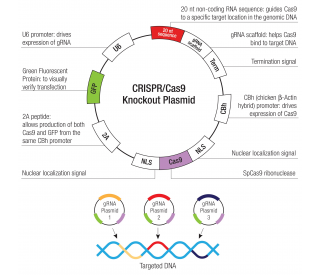
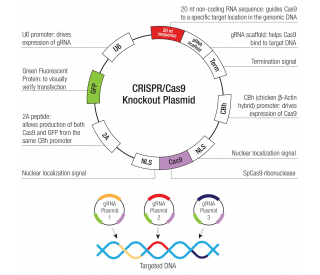
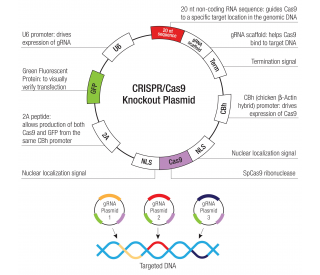
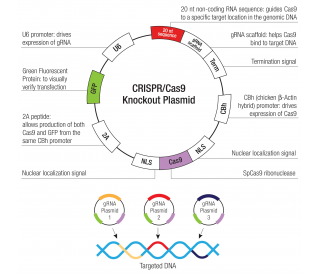
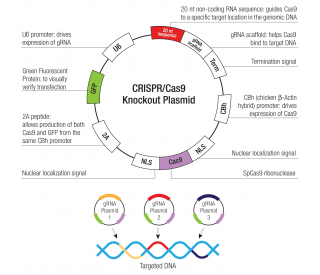
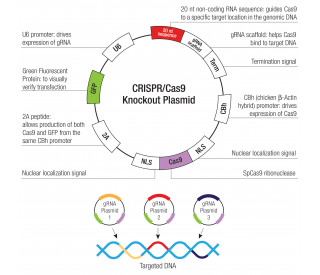




 粤公网安备44196802000105号
粤公网安备44196802000105号